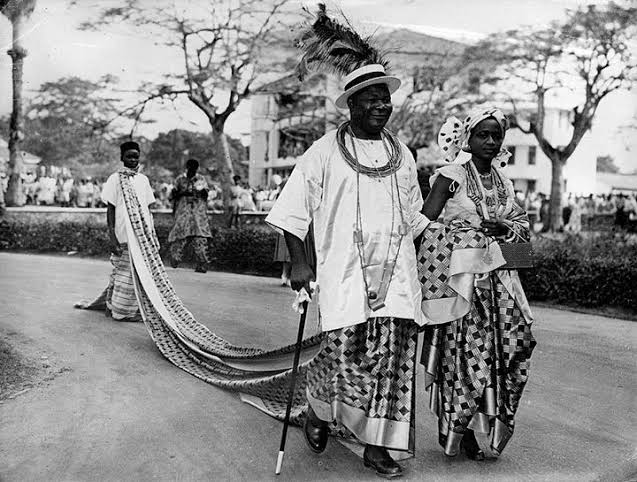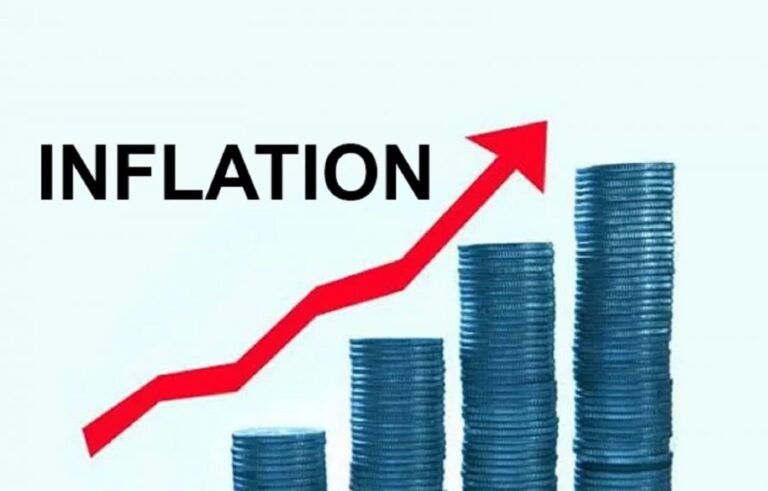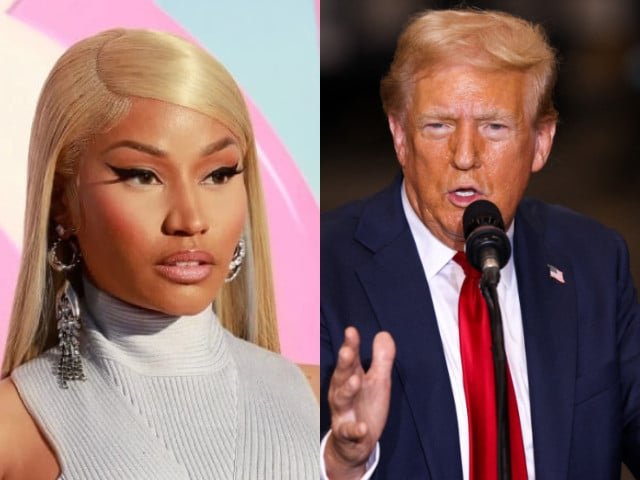US President Donald Trump announced on April 2, 2025, a broad list of tariffs as part of his “Liberation Day” agenda that would reshape global commerce and rebalance perceived trade imbalances. The policy includes a blanket 10% tariff on all imports from the U.S., starting April 5, and higher “reciprocal tariffs” against certain countries based on their trade surpluses and protectionist walls, starting April 9.
Several African nations, including Nigeria, were hit by these reciprocal tariffs, which have severe economic implications for the continent and Nigeria in particular, as it also has a 14% tariff on exports to the U.S. Here’s how this affects African economies as a whole and Nigeria’s economy and trade specifically.
Impact on African Economies
The tariffs disproportionately hurt African countries, with some facing very high reciprocal rates more than triple the 10% threshold. Lesotho (50%), Madagascar (47%), Mauritius (40%), Botswana (37%), South Africa (30%), and Côte d’Ivoire (21%) are the worst-hit, while Nigeria’s relatively low 14% tariff makes it the exception by comparison.
Also Read:
- Gold Price Steady Amid Fed Policy and Trump Tariff Uncertainty
- Trump Raises Tariff on Canada Steel, Aluminium to 50% in Response to Canadian Electricity Tariff
- Trump Tariffs: How Trumps Ongoing Trade war May Force the U.S. Economy Into a Recession
- Trump Tariffs: Crypto Faces Risk Sell-Off, $2 Billion Market cap Liquidated in Biggest One-Day Loss
Other countries like Kenya, Ghana, and Ethiopia only face the baseline 10%. These tariffs nullify the tariff-free status under the African Growth and Opportunity Act (AGOA), whose expiration date is September 2025, signaling a shift from decades of preferential U.S.-Africa trade relations.
For African economies, the tariffs pose several challenges:
-
Reduced Export Competitiveness
More expensive African goods in the U.S., the world largest consumer market, would constrain demand for such crucial exports as oil (Angola, Nigeria), precious metals (South Africa), and cloth (Lesotho, Mauritius), and reduce foreign exchange incomes vital to import-dependent economies.
-
Economic Slowdown
Export-oriented sectors may fall, leading to job losses and lower GDP growth. For small economies like Lesotho, whose exports to the U.S. account for a significant share of GDP, the 50% tariff could lower output by an estimated 0.5%, a devastating loss. Large economies like South Africa (0.2% loss of GDP) and Nigeria (0.1%) are less directly affected but are vulnerable to global ripple effects.
-
Global Trade Disruptions
An American-led trade war will reduce demand from other major markets like China (hit by a 54% tariff) and the EU (20%), which could further expand indirect losses for Africa. The World Bank has warned that geo-economic fragmentation due to tariff wars could leave sub-Saharan Africa with a loss of 4% of GDP in the long run due to its vulnerability to commodity trade.
-
Opportunities for Diversification
Other nations can shift to other markets (e.g., Europe or Asia) or use the disruption to subsidize local industries. But this requires time and capital, which most African countries lack in the midst of continued pressures from post-COVID and the Russia-Ukraine war.
Nigeria’s 14% Tariff
Impacts on Trade with the U.S. and the Economy at Large
Nigeria, the economic giant of West Africa, is slapped with a 14% tariff calculated as half of the 27% tariff it imposes on U.S. goods, per Trump’s formula. Nigeria in 2024 exported N4.59 trillion ($2.8 billion at current exchange rate) of mostly crude oil to the U.S. and imported $1.05 trillion worth of goods from America. Here’s how the tariff impacts Nigerian trade and the economy:
Trade with the U.S.
Reduced Export Revenue: The 14% tariff raises the price of Nigerian exports in the U.S., reducing demand. Crude oil, which is the largest proportion of exports, would be a less impacted export since demand is fairly inelastic and domestic supply in the U.S. is limited, but non-oil exports like agricultural products (e.g., cocoa, sesame) would see more precipitous drops. In 2024, the United States had a decreasing share of Nigeria’s oil exports as US imports diversified elsewhere, but the tariff still looms over the $931 billion annually in trade value cited by analysts.
Loss of Competitiveness: Nigerian goods become less competitive than untariffed USMCA countries (Canada, Mexico) or countries with lower tariffs, causing U.S. consumers to turn towards alternatives.
Trade Balance Swing: With the Dangote Refinery increasing crude imports from the U.S., Nigeria’s trade balance may already be tilting towards a deficit. The tariff would further aggravate this, reducing net foreign exchange inflows.
Wider Economic Impact
Foreign Exchange Pressure: A fall in export earnings erodes Nigeria’s ability to earn dollars, which a dependent import economy requires. The naira, already under pressure (trading at over N1,600/$ in early 2025), could further depreciate, raising the price of imports of fuel and foodstuffs.
Cost of Living and Inflation: Higher import prices, as well as potential world price hikes from the tariff war, can lead to inflation, already a bane in Nigeria (projected at 30%+ in 2025). This erodes purchasing power, and that is tough on consumers.
Loss of Jobs: Export sectors, particularly small-scale manufacturing and agriculture, may lose jobs if U.S. demand dwindles. Preeminence of oil and worldwide fungibility may soften the blow, however, in contrast to commodity-based countries on specialty exports.
Fiscal Distress: Reduced revenue could rein in government spending on social services and infrastructure, slowing growth. Nigeria’s 2025 GDP growth, standing at 3-4%, estimated by analysts can drop by 0.1-0.2% on account of the direct impact of the tariff.
Possible Mitigating Factors
Resilience of the Oil Market: Global demand for oil means that Nigeria has the option to divert its exports to Europe or Asia, perhaps at lower margins due to transport expenses and competition.
Diversification Drive: The tariff could trigger efforts to diversify away from oil, a long-awaited objective. However, this requires policy acuteness and investment, both spaces where Nigeria lags behind.
Consumer Burden Shift: If Nigerian exports to the U.S. (say, tropical fruit) are price-inelastic in U.S. demand, then U.S. consumers can take in some of the cost, softening the revenue punch, according to financial commentator David Adonri.
Reactions and Outlook
African policy-makers have grumbled, but not acted as a unit. Nigeria has yet to define retaliation, though watchers anticipate probable U.S. agriculture imports tariffs (e.g., wheat, soybeans) to take advantage of its size of market. South Africa, at the 30% tariff, can escalate diplomatically, given that it has a $9 billion U.S. trade surplus. Across the continent, the AGOA tariff-free market’s sunset threatens policy-makers, for which there seems no clear substitute.
For Nigeria, the 14% tariff is an acceptable but unpleasant obstacle. Its economy, less U.S.-dependent than some of its competitors (U.S. imports from Africa amount to $39 billion a year, with Nigeria and South Africa in the lead), can ride out the storm if it moves quickly. At a global level, the tariffs threaten a recessionary spiral, and Africa is caught in the middle.

























